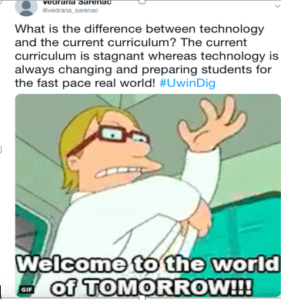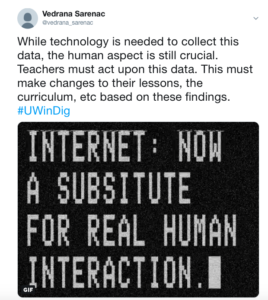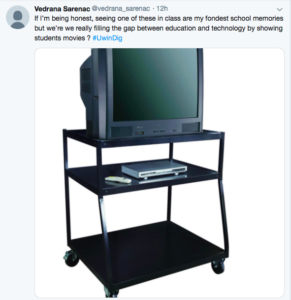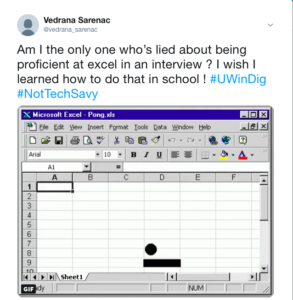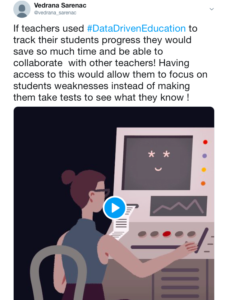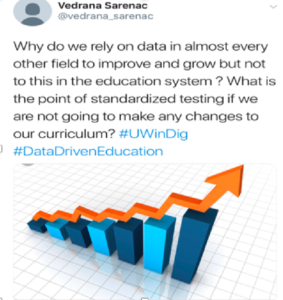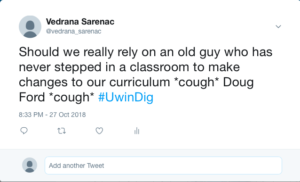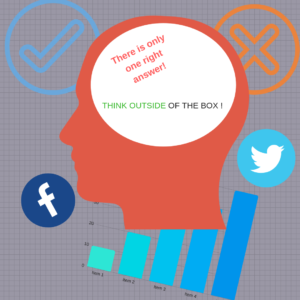The design-thinking approach is a methodology that provides a solution-based approach to tackling problems. In this particular case, we are placing an emphasis on the challenges a learner may face. When I first took a look at the technologist module, I felt quite overwhelmed with all the information that was being provided. In order to break it down into steps, I decided to make a Piktochart highlighting the five steps of the design-thinking approach. Instead of going through all of them at once. I went through them one by one as I was creating my piktochart.
The first step to this approach is to empathize. In order to do so, a teacher must gain an empathetic understanding of the challenges faced by her students. Depending on time constraints, a substantial amount of information is gathered at this stage and will be used for the next stage to develop the best possible understanding of the users, their needs, and the problems that underlie the development of that particular product.
The second step is to define the problem(s). The teacher must put together the information gathered during the first stage. This is where you will analyze your problem(s) in order to create features that will benefit your students in their learning.
The third step is to ideate, which means to form and build ideal features and characteristics using technology that could help your learners overcome their challenges. First you must build a list of possibilities. This can be done by using online mapping tools such as mind, mindmup, canva, etc. This is the time to think outside the box to identify new solutions to student challenges.
The fourth step is the prototype. This involves putting your creation together. The basic steps are to design, share and refine!
The fifth step is to connect. It is crucial that you connect this technology to the curriculum. Make sure to link the activity to learning outcomes.
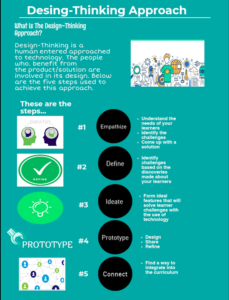
https://create.piktochart.com/output/36651513-untitled-infographic


